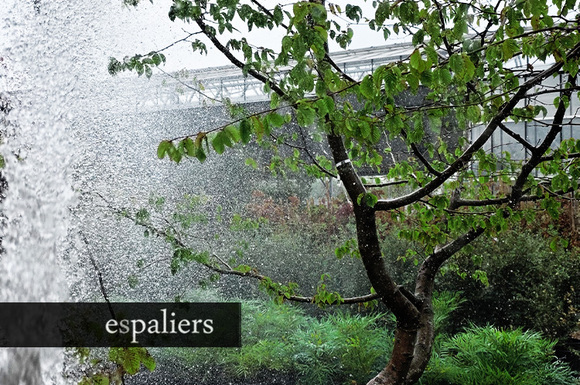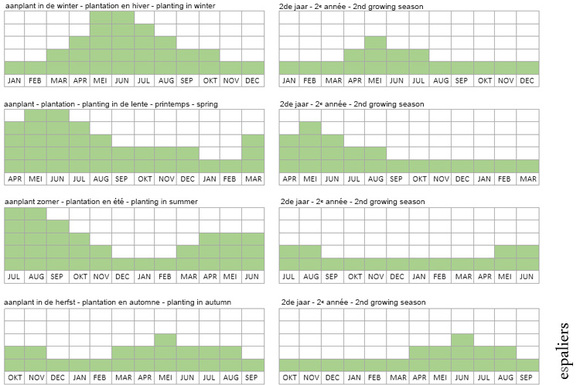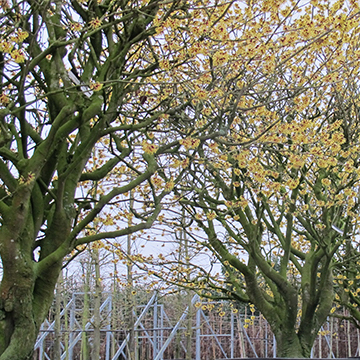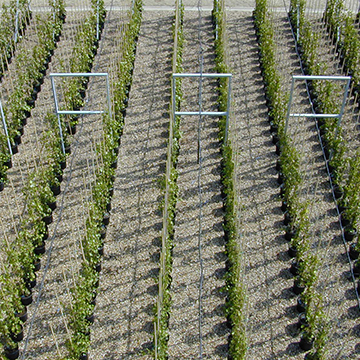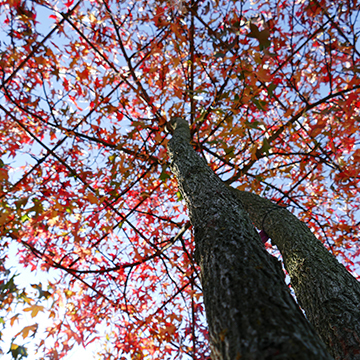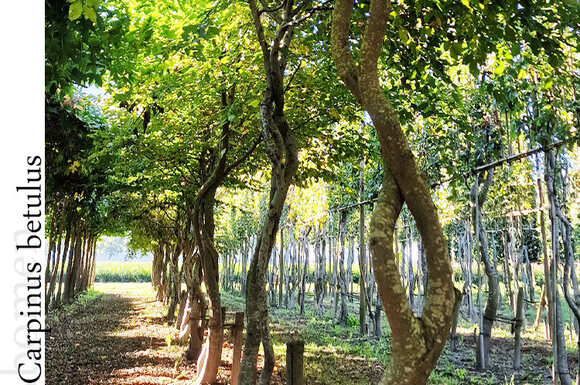Deciduous and Evergreen Trees
Deciduous: During dry periods, newly planted trees should be watered even if they have no leaves. Evergreen: Evergreen trees require water in winter as well. Since they retain their foliage, they always need a minimum amount of water—unless the soil is sufficiently moist. The most delicate periods are the first spring and summer after planting, even if the trees were planted in autumn.
Should You Water?
The time of planting determines the tree’s water needs. Planting in a particular season is neither good nor bad—it simply requires attention to watering. That’s why the table below starts from the moment of planting.
What Does Watering Mean?
Keeping the soil sufficiently moist; if it dries out, water must be added again.
Watering is especially important—and in most cases essential—during the first year after planting.
Ensure that water penetrates down to the roots. A common mistake is moistening only the top layer of soil. (See below: “How to Water?”)
Some trees consume more water than others. If the soil around a tree is still moist, watering is not necessary.
In practice, this means checking and watering once or twice a week under normal weather conditions. During hot and dry weather, check more frequently and occasionally apply a larger volume of water.
What Is Rain?
Rain is beneficial only if it moistens the soil deeper than 10 cm, reaching the root zone. Light rain can be misleading—it may appear that the plant is receiving water, while none reaches the roots. In summer, this can be fatal. In winter, it’s less critical, especially for deciduous trees that have shed their leaves and require less water.
How to Water?
To ensure water reaches the roots, you can use four methods:
Watering with a bucket: At least one full bucket per tree. Prevent runoff by creating a berm or watering ring.
Using a hose: Let the hose run long enough and ensure water penetrates the soil. A thin layer of bark mulch or compost helps retain moisture.
Drip irrigation hose: A small investment with minimal water loss. Water seeps gently to the roots and the system is easy to remove later.
Treegator water bags: These allow slow, deep watering. Manual or automated (with a timer) options are available.
It’s better to water deeply every 2–3 days than to give a little water daily. Daily watering may help in the beginning by stimulating surface roots, but the goal is to encourage deep root growth for stability and anchorage.
Watering via Aeration Tubes
This method is only suitable for large trees and best avoided in private gardens. It’s mainly used in public spaces to deliver large volumes of water quickly. In gardens, it’s preferable to minimize plastic in the soil, and aeration tubes can trap beneficial organisms.
Important: Watering Frequency
It’s better to give deep watering occasionally than small amounts daily. Daily watering can help stimulate surface roots early on, but the aim is to promote deep root development for long-term resilience.
How Much Water Should You Give?
Below is a table with general guidelines. There’s a difference between the first year and the second year after planting. Naturally, this depends on context: Is the soil moist or well-draining? Is it a wet period? Is there strong wind?
The table clearly shows when watering is important.
In All Seasons:
Check whether watering is needed.
Water accordingly: none, a little, or a lot.

